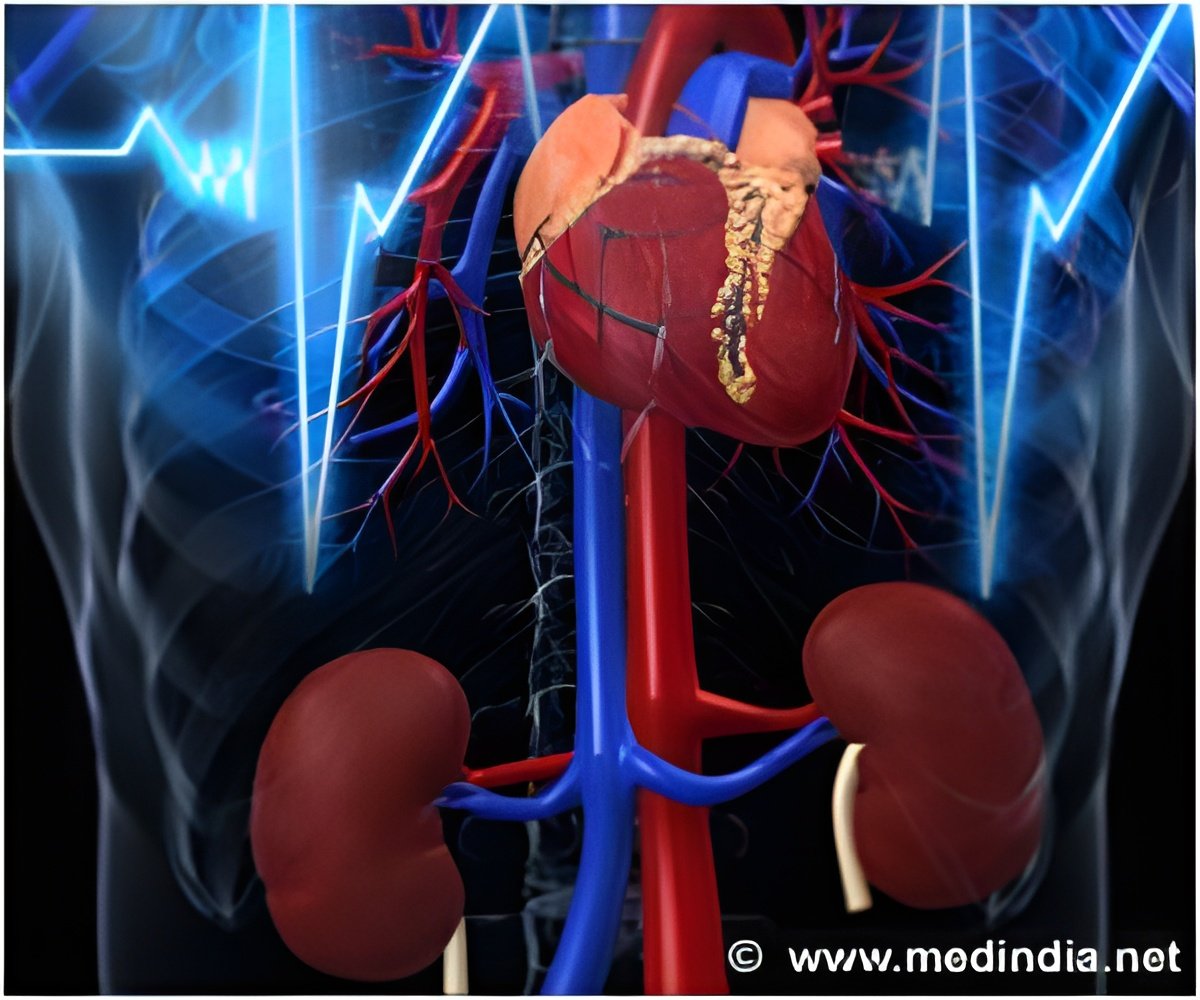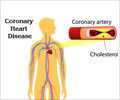A new study reveals that the risk of death or re-admission among heart attack patients remains high for at least a month after they leave the hospital.
A new study presented at the American Heart Association's Quality of Care and Outcomes Scientific Sessions 2013 reveals that the risk of death or re-admission among heart attack and heart failure patients remains high for at least a month after they leave the hospital.
"The risks of death and re-hospitalization can extend well beyond 30 days after discharge, the time period used by the federal government for measuring hospital performance," said Kumar Dharmarajan, M.D., M.B.A., lead author of the study and a fellow in cardiology at Columbia University Medical Center in New York City, and visiting scholar at Yale University in New Haven, Conn. "Post-discharge care may be improved when aligned to the periods of greatest risk for patients." Researchers examined Medicare data on patients discharged for heart failure (878,963) and heart attack (350,509) and found:
- Within the first year, 41.8 percent of heart failure patients died and 70.3 percent were re-hospitalized.
- Within the first year, 25.9 percent of heart attack patients died and 50.5 percent were re-hospitalized.
- The risk of re-hospitalization after heart failure took more than a month (43 days) to decline 50 percent from its peak level after discharge.
- In the month after a heart attack, the likelihood of death is 21 times higher and the likelihood of hospitalization is 12 times higher than among the general Medicare-age population.
- In the month after hospitalization for heart failure, the likelihood of death is 17 times higher and the likelihood of hospitalization is 16 times higher than among the general Medicare-age population.
"In the weeks after hospital discharge, your risk of death, re-hospitalization and other complications is very high," Dharmarajan said. "If you feel ill, take it seriously and contact your healthcare provider."
Source-Eurekalert














